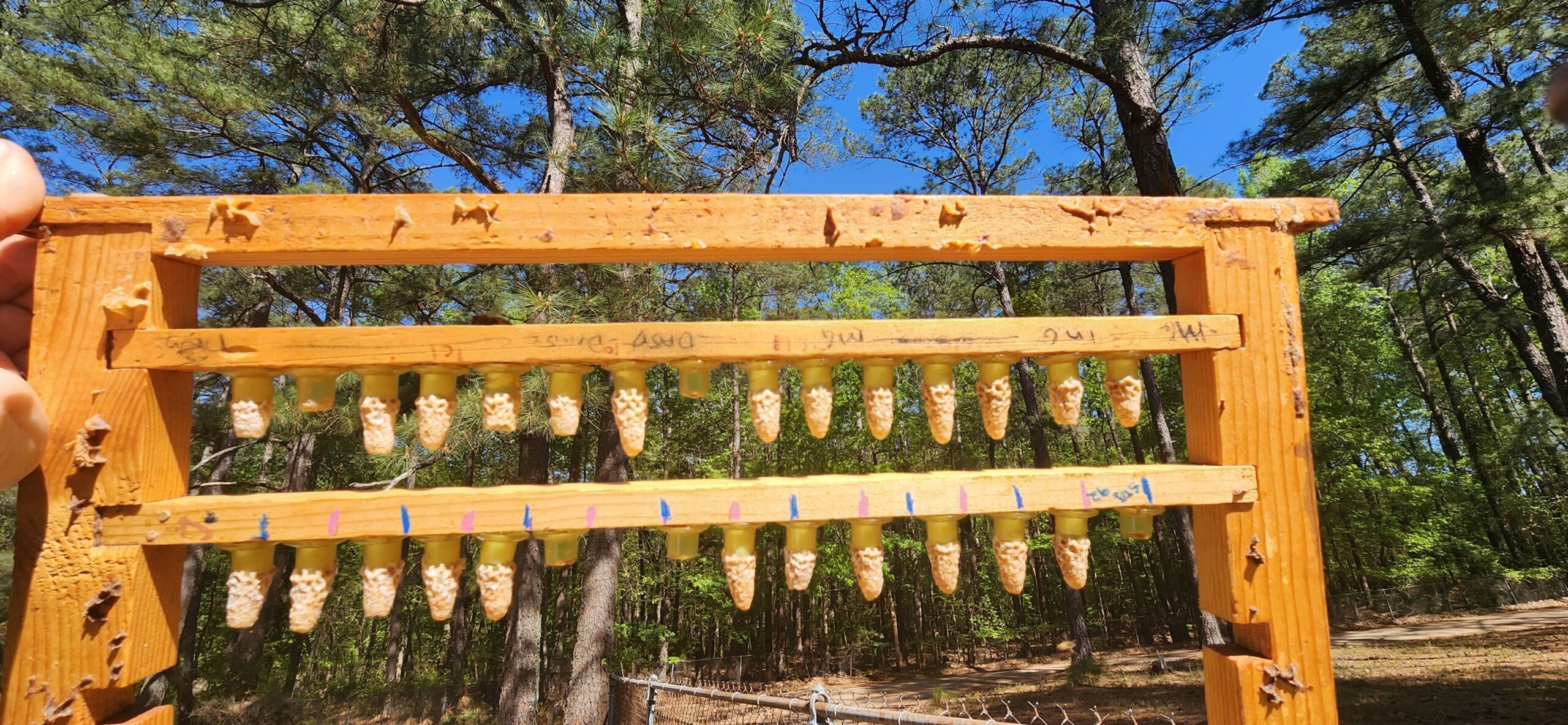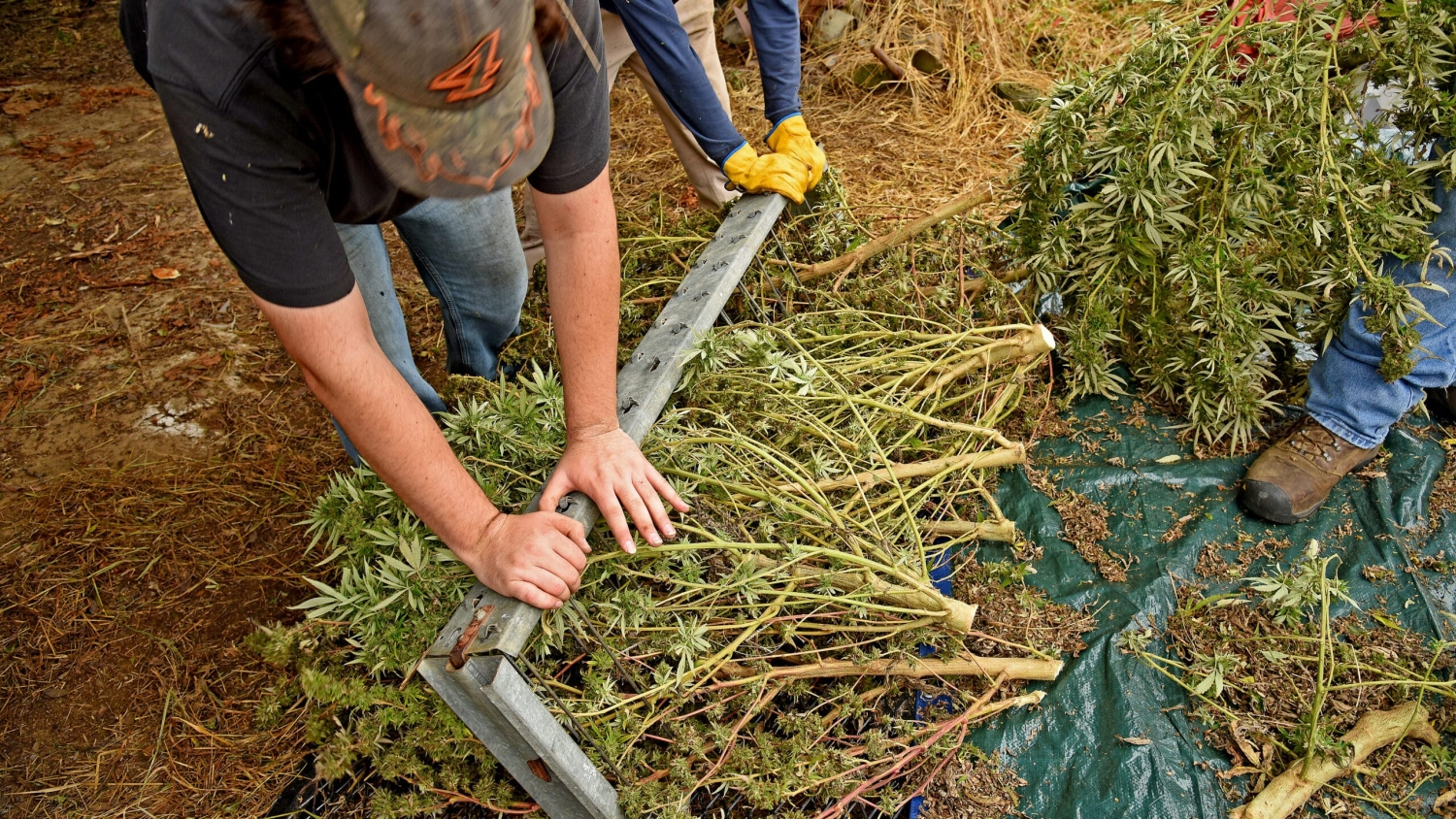Synthesizing Seasonal Timing and Climate Change

The following release was provided by Rebecca Prather from Florida State University and features research by Becky Irwin from Applied Ecology.
One of the advantages of bringing scientists from around the world to work at the Rocky Mountain Biological Laboratory is that they can integrate individual research projects to generate collective insights. This benefit is demonstrated in a new paper just published in the Proceedings of the Royal Society B.
The paper describes how wildflowers, birds, beetles, salamanders, ground squirrels, butterflies, and other species found in the East River valley are responding to cues from the changing climate to change their seasonal activity. It summarizes data from 15 scientists who have worked at RMBL for as long as 52 years, using data from 30 plant, 25 insect, 1 amphibian, 2 mammal, and 16 bird species representing 10,812 phenological events across up to 45 years (1975 – 2020). It also uses climate data from Gothic and Crested Butte, Colorado to explore how responses to climate cues differ among taxa and species within taxa and whether climatic variables from prior growing seasons are good phenological predictors.
Since 1975, average summer temperature at the study site has increased by 0.4°C each decade while the autumn average has increased by 0.2°C per decade. Snowmelt date is trending earlier over time by 2.4 days per decade. First spring activity advanced significantly with earlier snowmelt date across all the species examined except migratory birds. This makes sense because bird migration is determined by cues along their travel from winter grounds and not solely by conditions in their breeding grounds here in the Gunnison Basin.
The diverse taxa responded to some cues similarly, such as snowmelt date and spring temperatures, while other climate cues resulted in differential effects across taxa. Prior summer precipitation delayed first activity of some insects but advanced activity of some amphibians, mammals, and birds. Earlier snowmelt strongly advanced first activity of insects that overwinter as larvae, including Mormon fritillary butterflies, burying beetles, Gillette’s checkerspot butterfly, and flies, as well as plants that flower soon after snowmelt, including spring beauty and dwarf bluebell.
The fact that not all species are responding identically to the changing climate means that in the future some current interactions, such as those between particular wildflowers and pollinators, may no longer occur. Migratory hummingbirds may no longer arrive while glacier lilies are in bloom. Correspondingly, new kinds of interactions will characterize the future East River valley ecosystem as new species move in and current species change their activity periods.
These results emphasize the importance of examining which cues are driving a species’ entire distribution of seasonal activity. Focusing only on cues driving first activity could provide inaccurate predictions for the remainder of a species’ phenological activity. For example, first date of flowering by a wildflower may not be a good predictor of its peak flowering.
Other unexpected results were that there were more important climate drivers of phenology than previous studies have found, that the most important cues could differ among taxa, and that the previous season’s climate could have a significant influence.
The scientists’ work highlights the importance of considering the complexity of climate when studying an organism’s changes in seasonality, and the value of long-term climate data such as those collected at RMBL since 1975 by billy barr, and NOAA’s Crested Butte weather station. The detailed climate data now being recorded by the SAIL project in the East River valley will facilitate future studies of the flora and fauna.
This study is also a demonstration of how RMBL is uniquely positioned to explain a complex and changing world, providing a systems-level understanding of how ecosystems around the world will respond to a changing climate.
Additional information is available from lead authors:
- Rebecca M. Prather, Department of Biological Science, Florida State University, Tallahassee, FL 32306, USA; Rebecca.Prather@FSU.edu
- Rebecca M. Dalton, Environmental Protection Agency, Research Triangle Park, NC 27711, USA; Dalton.Rebecca@epa.gov
And the paper can be found here:
Prather, R. M., R. M. Dalton, b. barr, D. T. Blumstein, C. L. Boggs, A. K. Brody, D. W. Inouye, R. E. Irwin, J. G. A. Martin, R. J. Smith, D. H. Van Vuren, C. P. Wells, H. H. Whiteman, B. D. Inouye, and N. Underwood. 2023. “Current and lagged climate affects phenology across diverse taxonomic groups.” Proceedings of the Royal Society B: Biological Sciences. https://doi.org/10.1098/rspb.2022.2181


